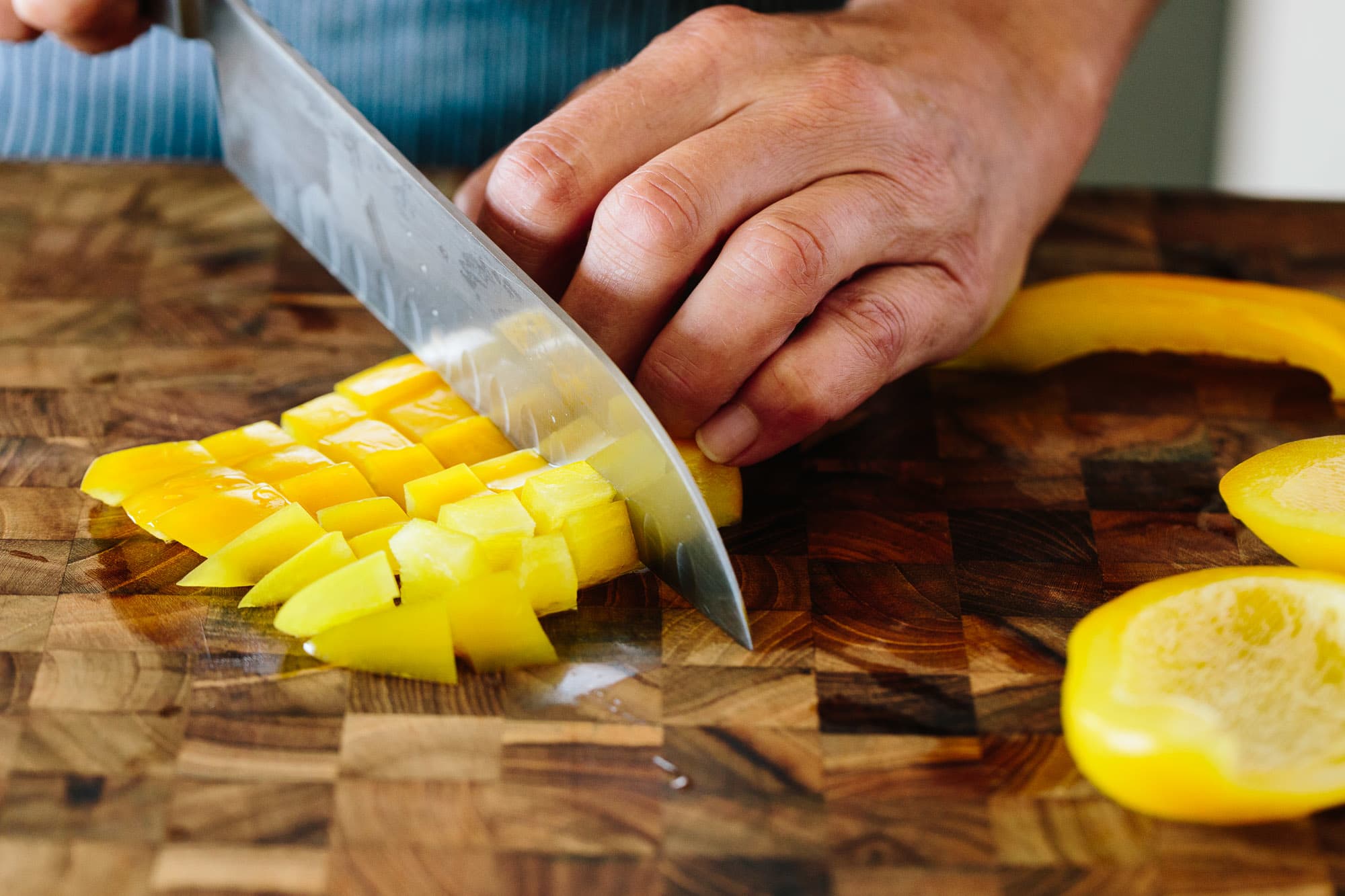For kitchen professionals and culinary enthusiasts alike, the thickness of a wood cutting board is a critical consideration. In this article, we will delve into the question how thick should a wood cutting board be? Understanding this aspect can significantly impact both your cooking experience and the longevity of your kitchen tools.
Choosing the right thickness for a wood cutting board is not just a matter of aesthetics; it affects the board's durability, its ability to withstand knife cuts, and how easily it can be maintained. This discussion will cover various thickness levels, materials, and care tips to help you make informed choices.

The Importance of Thickness in Wood Cutting Boards
A cutting board is a vital component in any kitchen. The thickness of a wood cutting board can directly affect performance. Generally, wood cutting boards range from 1 inch to 2 inches thick. Thicker boards tend to be more durable and can endure heavy use over time.
While thin boards may be lighter and easier to handle, they can warp more easily and are often less stable during use. For kitchen professionals who require reliability, investing in a more substantial board is generally recommended. In this section, we'll explore why thickness matters and how it can affect your meal prep.
Different Thickness Levels for Wood Cutting Boards
When it comes to choosing the perfect thickness for a wood cutting board, there are several options to consider:
- Thin Boards (up to 0.75 inches): Ideal for quick slicing and less intensive tasks, these boards can be handy but require more frequent replacement.
- Medium Boards (1 to 1.25 inches): Balances weight and durability, making it suitable for most kitchen tasks.
- Thick Boards (1.5 to 2 inches): These are the workhorses of the kitchen, suitable for heavy chopping and cutting without showing wear quickly.
Thick Cutting Boards: Pros and Cons
When determining how thick should a wood cutting board be, understanding the advantages and disadvantages of thick boards is crucial. Here are some key points:
Pros:
- Durability: Thick boards withstand knife cuts, reducing the necessity for replacement.
- Stability: A thicker cutting board remains steady on countertops, enhancing safety while slicing.
- Versatile Use: Ideal for various tasks including butcher work.
Cons:
- Weight: Thicker boards can be cumbersome to handle and store.
- Cost: Generally, they are more expensive than thinner options.
- Maintenance: They require regular oiling to prevent cracking.
Material Considerations in Thickness
The type of wood used in a cutting board affects how thick it needs to be for optimal performance. Common wood types include:
- Maple: Known for its durability, a maple cutting board of 1-1.5 inches is often recommended.
- Walnut: A harder and heavier wood, suitable for boards at least 1 inch thick.
- Bamboo: This alternative is eco-friendly but may require a slightly thinner profile to maintain stability.
How to Care for Your Wood Cutting Board
To ensure longevity, proper maintenance is essential. Regularly cleaning and conditioning your board is vital to prevent damage. Heres a simple cleaning routine:
- Wash with hot soapy water and a sponge after each use.
- Sanitize it properly to eliminate bacteria, which you can read more about here.
- Oil your board monthly with food-safe mineral oil to prevent drying and cracking.
Common Questions Regarding Wooden Cutting Board Thickness
1. What wood is best for a cutting board?
Both maple and walnut are excellent choices due to their durability and resistance to knife marks.
2. Should I choose a thicker or thinner board for regular use?
A thicker board is generally recommended for professionals requiring stability during heavy chopping.
3. How do I prevent cross-contamination on a cutting board?
Ensure you clean your board thoroughly and consider using color-coded boards for different types of food, an approach you can learn about here.
Interior Cleaning Practices
Regular practice is necessary to keep your board free from stains and bacteria. To reduce wear and tear, consider using different boards for various food groups. For instance, using one for meat and another for vegetables will help maintain hygiene.
Professional kitchens often employ several cutting boards that vary in thickness and use for different tasks, ensuring efficiency and cleanliness.

Conclusion
When asking how thick should a wood cutting board be, it is evident that the decision greatly affects performance in the kitchen. For professionals seeking durability and reliability, 1.5 to 2 inches is the thickness range most recommended. Always remember to maintain your board properly to maximize its lifespan and effectiveness in meal preparation.
If you are seeking further knowledge on caring for your cutting board, check out this resource on how to condition your board.
As an Amazon Associate, I earn from qualifying purchases.


























